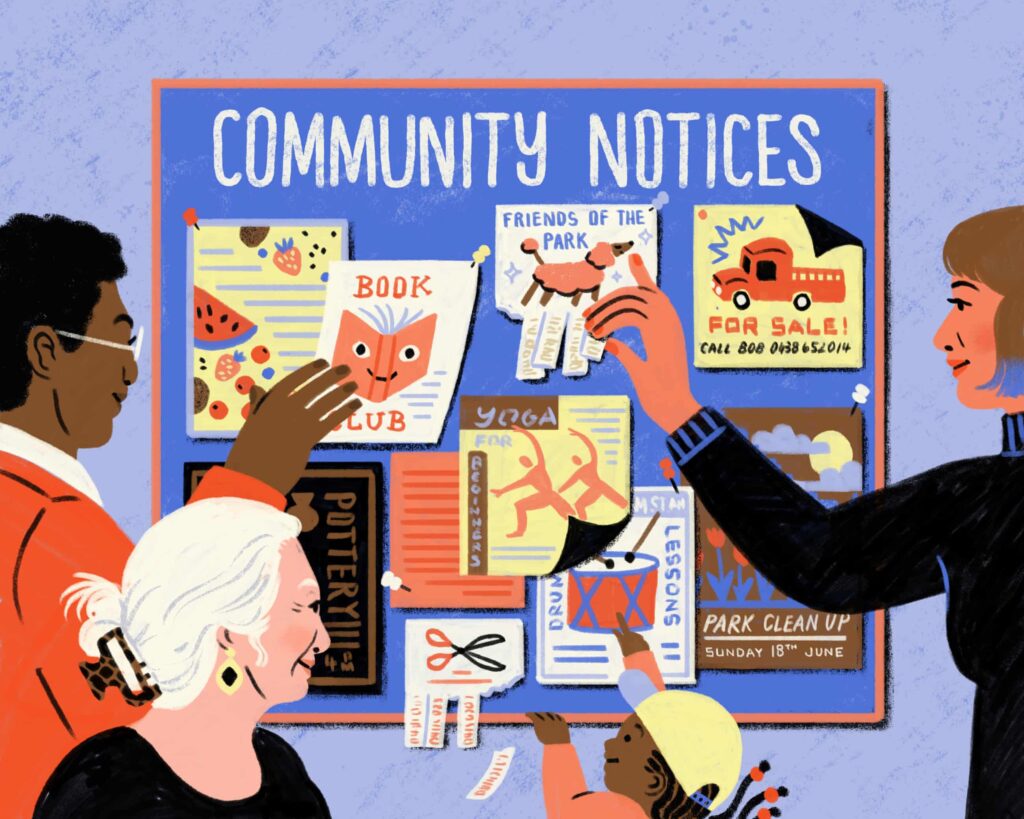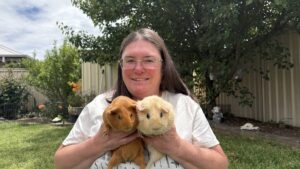
BREAKING: New findings reveal a troubling rise in loneliness among Australians, with nearly 30% of the population reporting feelings of isolation. As the nation grapples with declining civic participation and social connections, many are urgently seeking ways to reconnect within their communities in 2025.
Across Australia, community centers like Neighbourhood House are becoming vital spaces for fostering relationships and combating loneliness. Residents are gathering for free lunches, sharing meals, and breaking barriers, yet this trend underscores a broader societal issue: Australians are increasingly disconnected from their neighbors.
The landmark book, “Bowling Alone” by Robert Putnam, highlighted a similar decline in social engagement in the United States. Fast forward 25 years, and Australia is facing its own crisis, with citizens attending fewer events and expressing decreased trust in social institutions. As Hugh Mackay, a prominent social psychologist, states, “We are born to connect, but lonelier than ever.”
Despite Australia’s high levels of civic participation, the sense of community has waned, raising alarms about the implications for social cohesion and democracy. With political polarization increasing and volunteer rates declining, the urgent need for connection is more pronounced than ever.
To combat these trends, individuals are turning to social activities like running clubs and improv classes. A participant in a local running club noted the warmth and friendliness of newcomers, emphasizing the importance of low-pressure environments for building connections. “There’s no pressure, just a low-stakes friendliness that feels increasingly rare,” they shared.
In addition, Dr. Laurie Santos, a Yale University psychology professor, emphasizes the benefits of social connections, linking them to lower stress levels and even longer life expectancy. She encourages activities that foster a sense of purpose, such as mentoring and volunteering, to deepen community ties.
Volunteering is witnessing a shift as well, with Mark Pearce, CEO of Volunteering Australia, noting a rise in “informal volunteering.” He states that as many as 6 million Australians are engaging in community service outside traditional organizations. However, barriers such as bureaucratic hurdles often discourage potential volunteers from getting involved.
Participants are discovering that the path to community connection often requires effort. While searching for volunteer opportunities can feel daunting due to lengthy application processes, many find that in-person interactions can yield immediate rewards. One volunteer remarked, “I quickly think to myself that this is a great example of why in-person interaction is beneficial.”
In Melbourne, community events are thriving, and a participant in a language exchange noted the diverse backgrounds of attendees, highlighting the changing demographics of Australia. Nearly a third of the population is now made up of migrants, reflecting the nation’s evolving social landscape.
As individuals continue to seek connection, many are finding that community engagement takes planning and commitment. “Anyone can be nice to their friends,” Mackay warns, urging that true social cohesion requires extending kindness to all.
Despite the challenges, participants are beginning to experience the profound benefits of reciprocity and social generosity. The ongoing search for community in Australia is not just a personal journey; it has significant implications for the nation’s well-being.
As the urgency to reconnect grows, Australians are encouraged to seek opportunities at local centers, join clubs, and engage in informal volunteering. The call to action is clear: the state of our nation begins in our neighborhoods. Community connection is not just a need; it’s essential for a thriving society.





